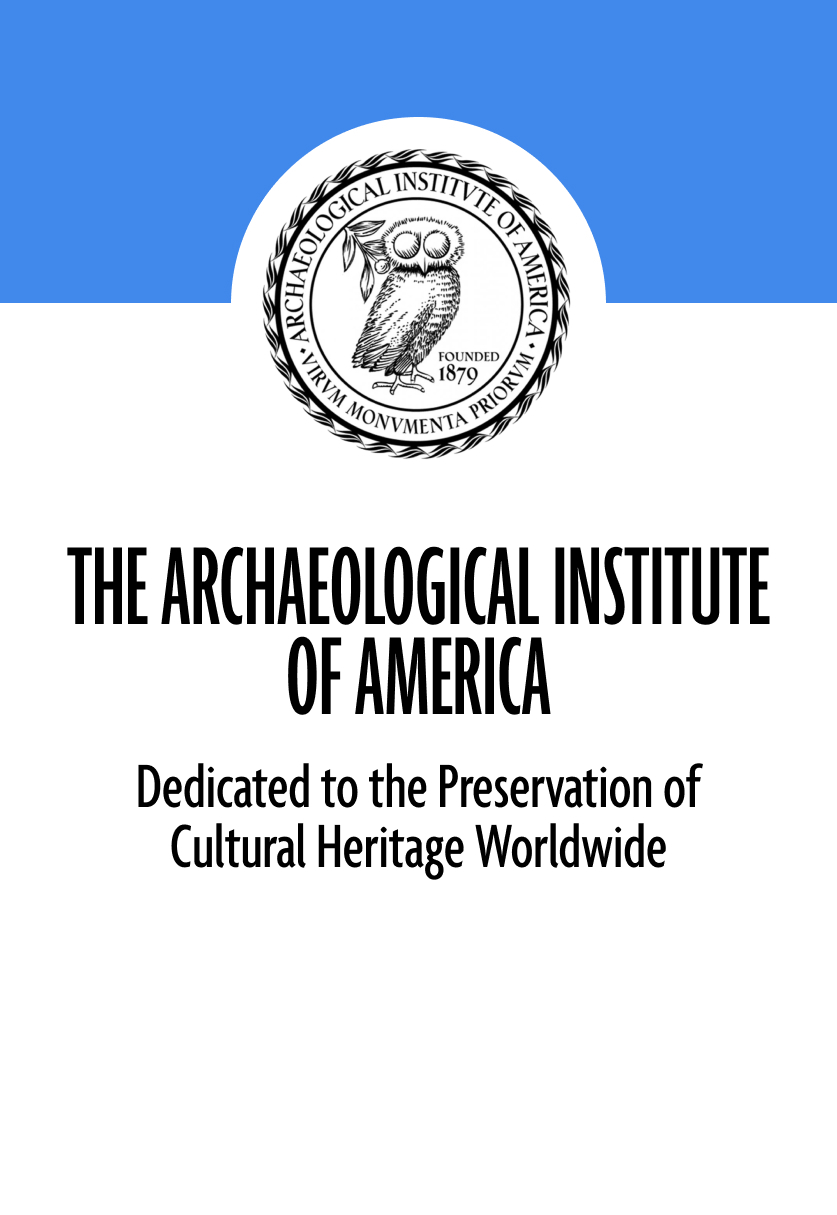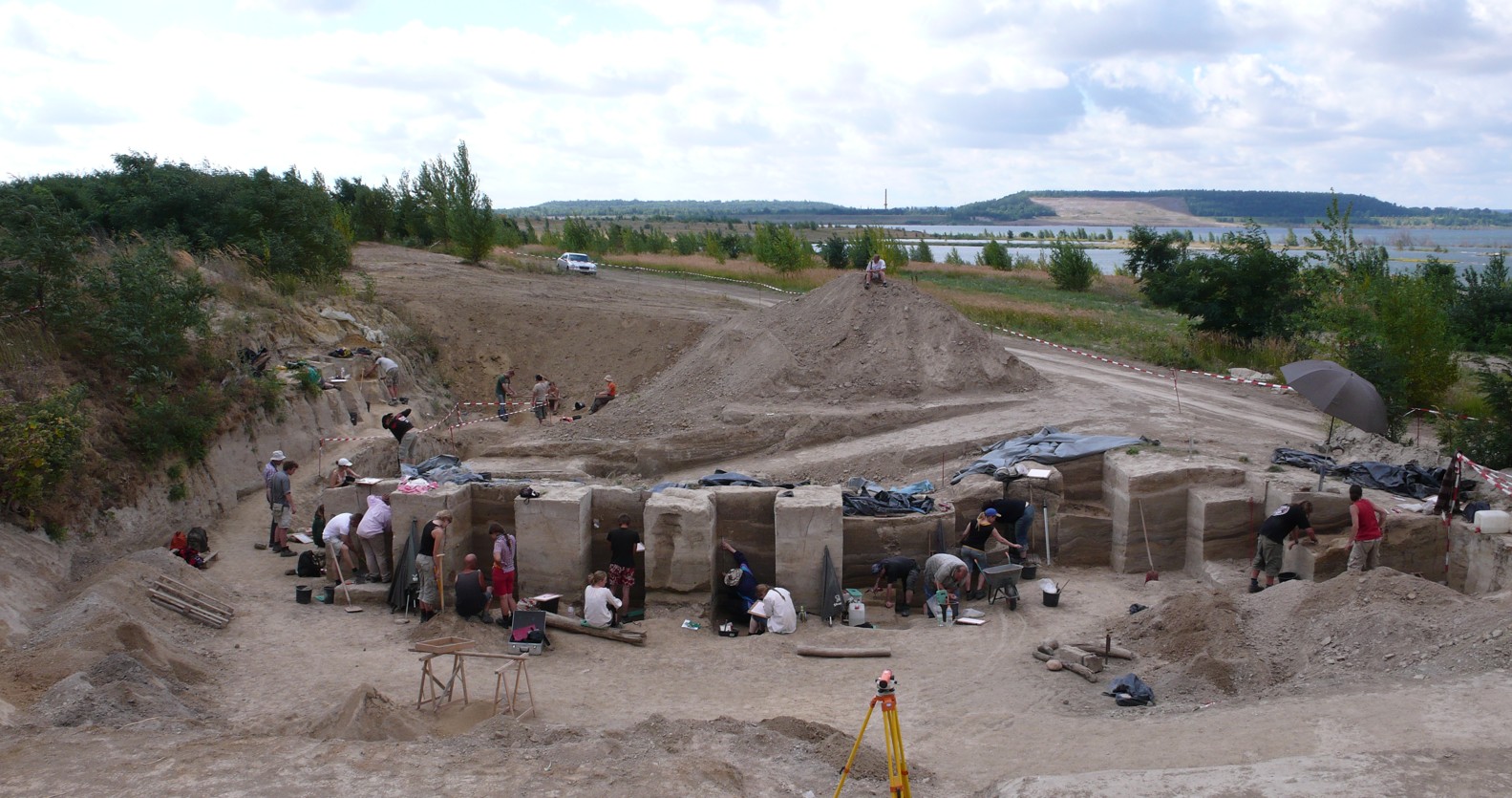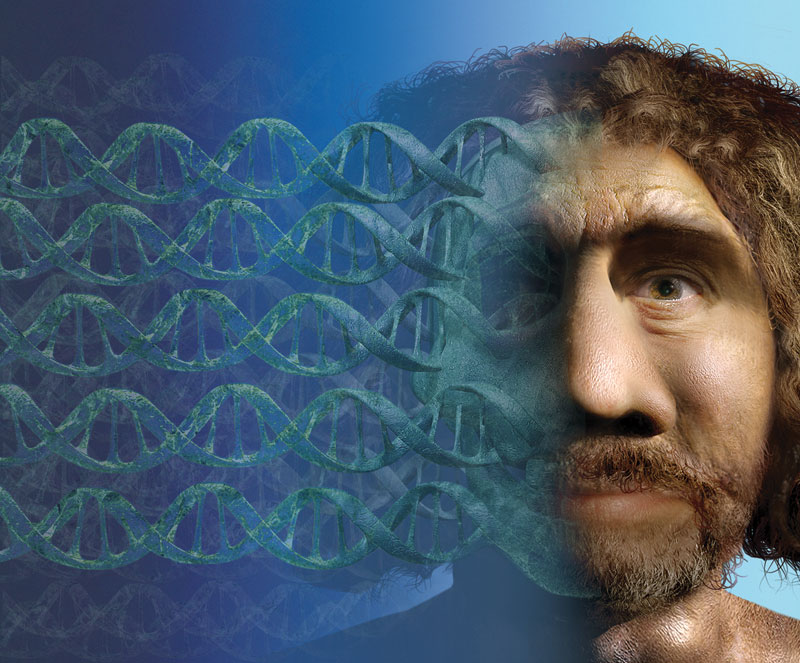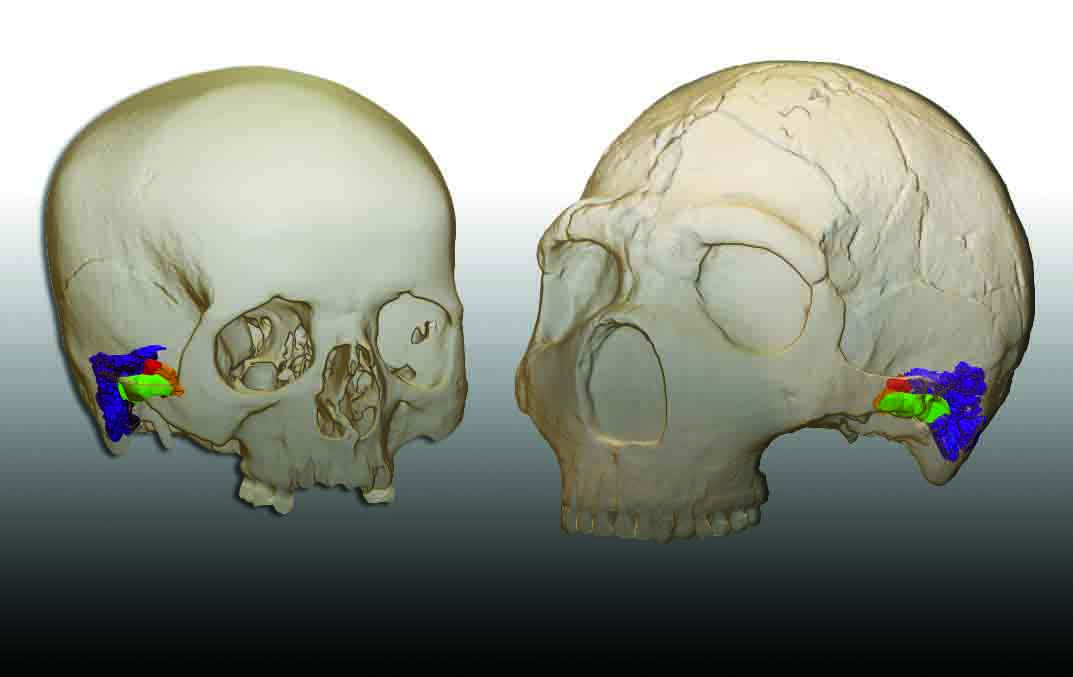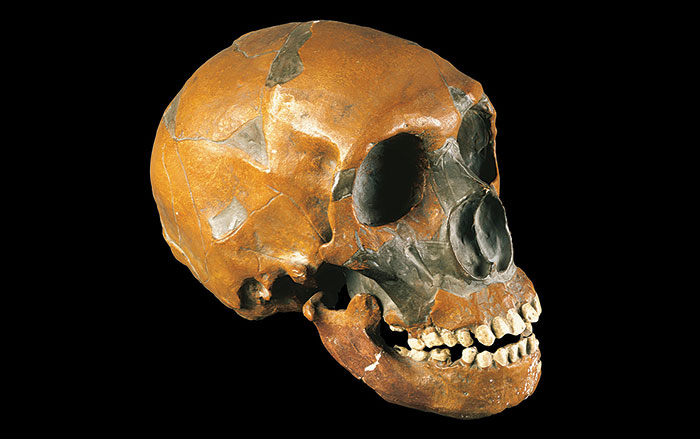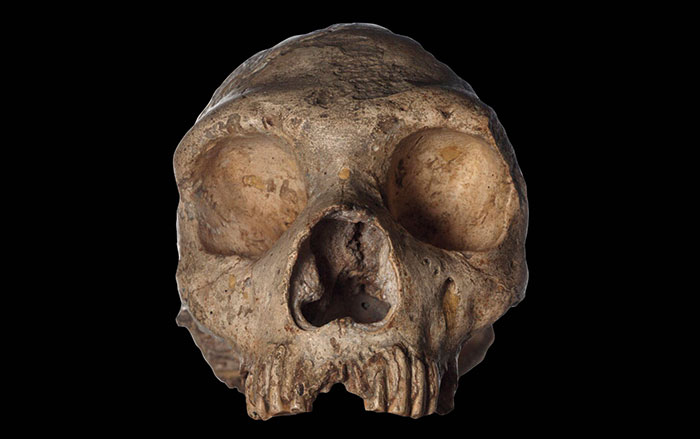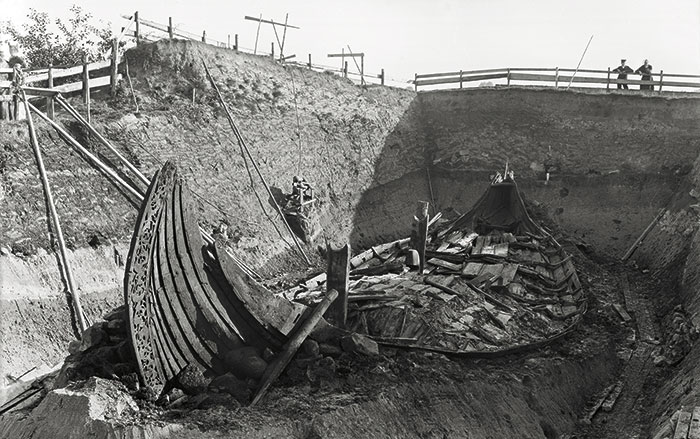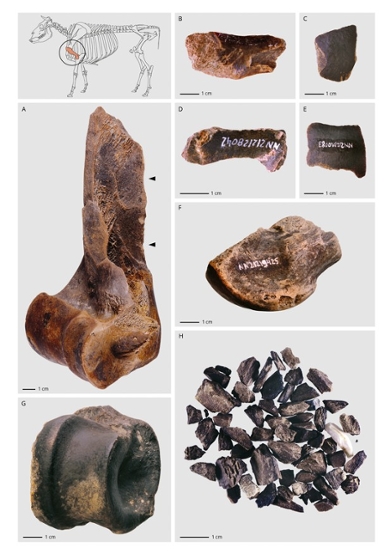
LEIDEN, THE NETHERLANDS—Animal fat was a valuable source of nutrition and calories for early human societies. Evidence of hominin groups smashing open animal bones to extract marrow dates back hundreds of thousands, if not millions, of years. However, Neanderthals took this process even one step further by creating sophisticated fat-rendering “factories” 125,000 years ago, according to a statement released by Leiden University. A team of Dutch and German archaeologists made the discovery at the Neumark-Nord 2 site in central Germany, where past excavations have revealed significant Neanderthal hunting and butchering activities. The team recently uncovered tens of thousands of animal bones from at least 172 large mammals including deer, horses, and aurochs. Experts believe that the inhabitants intentionally crushed the bones into tiny fragments and then heated them in water. This allowed grease to seep out and float to the surface, where it could then be easily collected and stored. According to the report, this discovery substantially shifts scholars' understanding of Neanderthal food strategies, pushing the timeline for this kind of complex, labor-intensive resource management back in time tens of thousands of years. “This was intensive, organized, and strategic,” said lead researcher Lutz Kindler of Johannes Gutenberg University Mainz. “Neanderthals were clearly managing resources with precision—planning hunts, transporting carcasses, and rendering fat in a task-specific area. They understood both the nutritional value of fat and how to access it efficiently.” Read the original scholarly article about this research in Science Advances. To read about finds that are providing insight into the working of the Neanderthal mind, go to "Twisted Neanderthal Tech."
